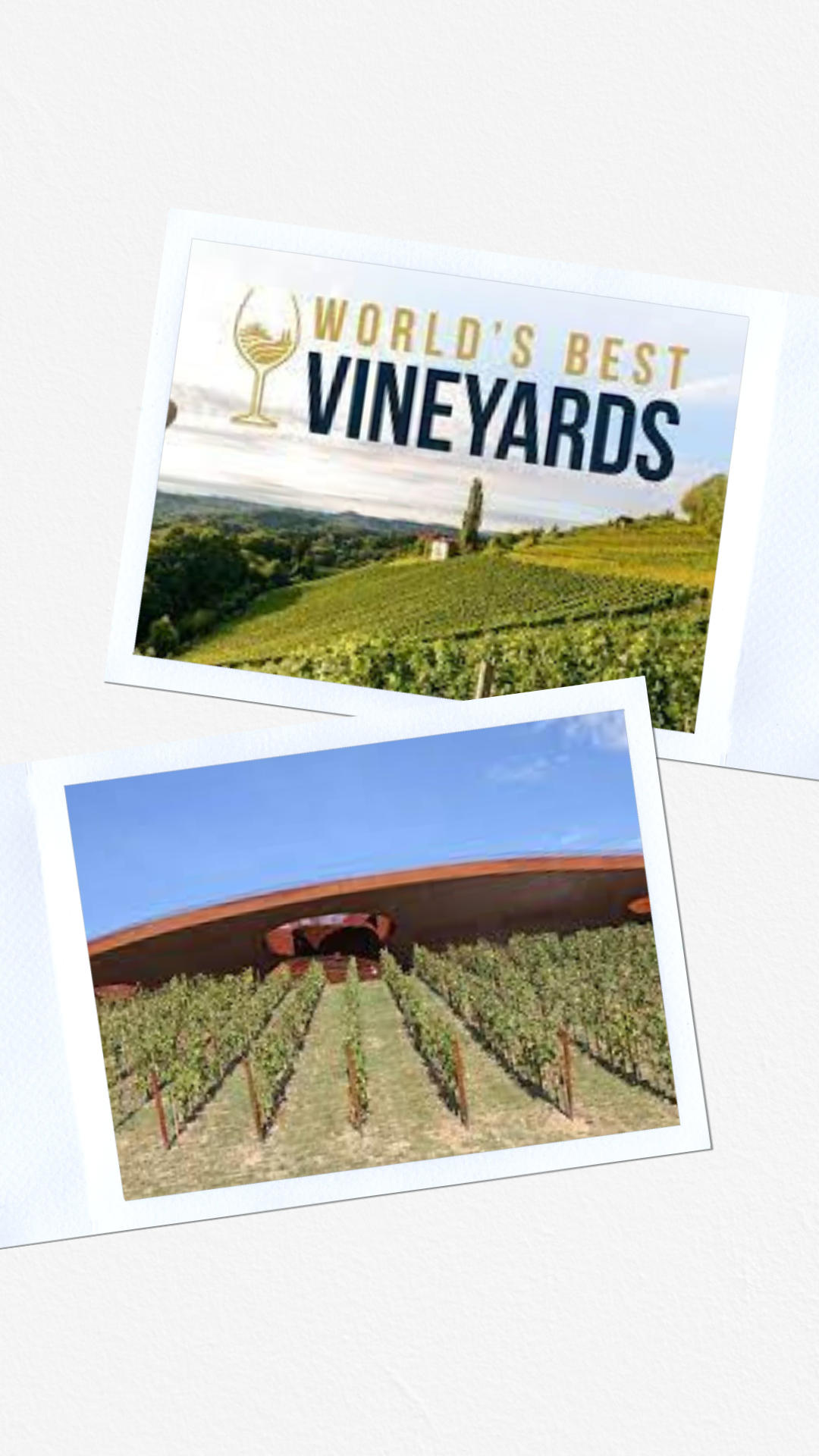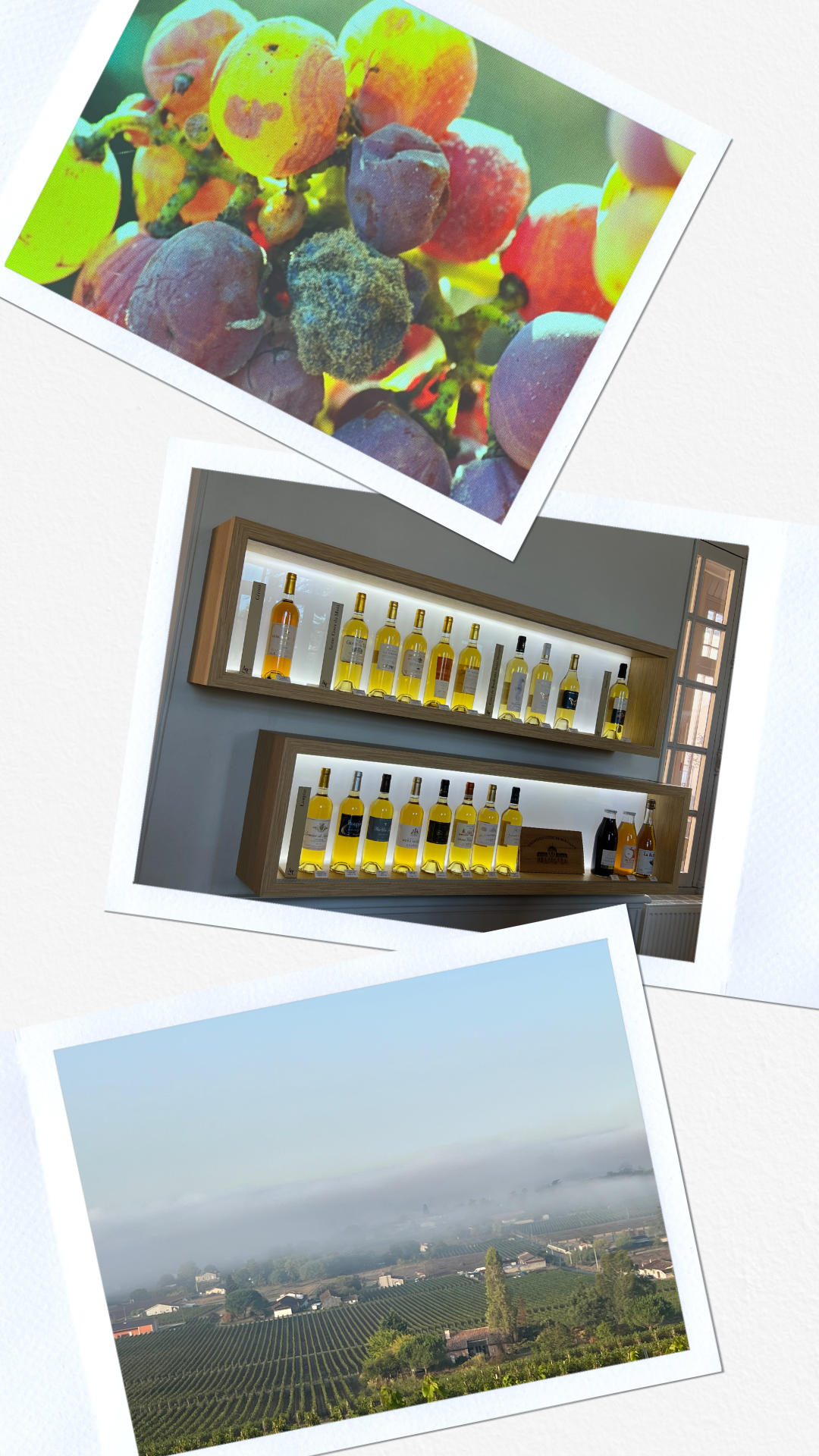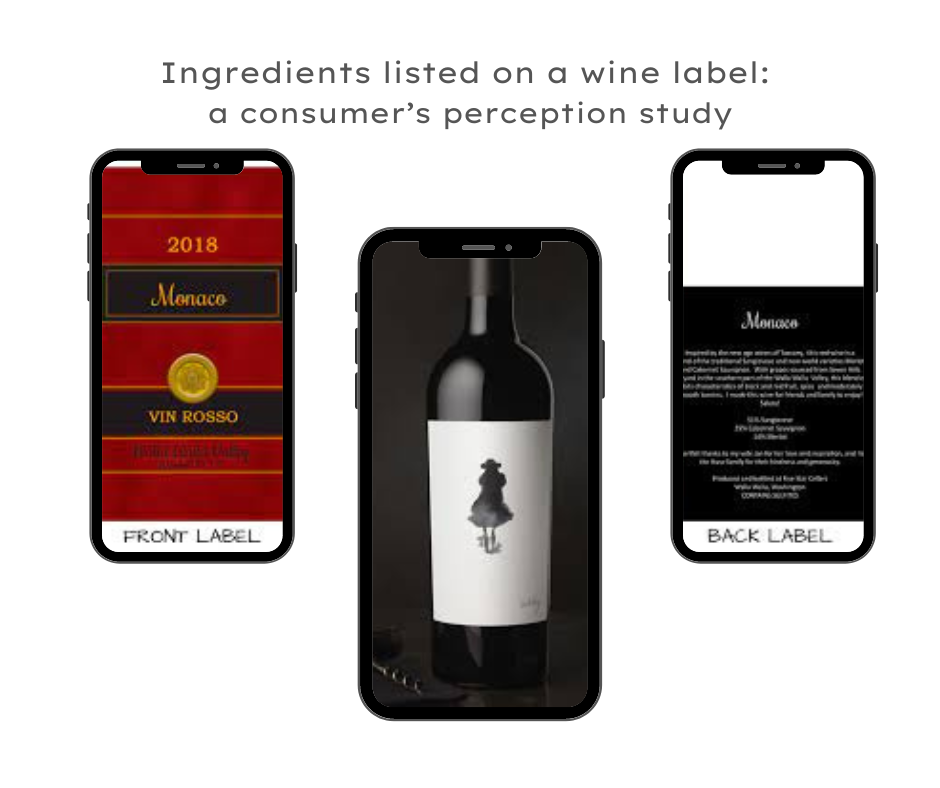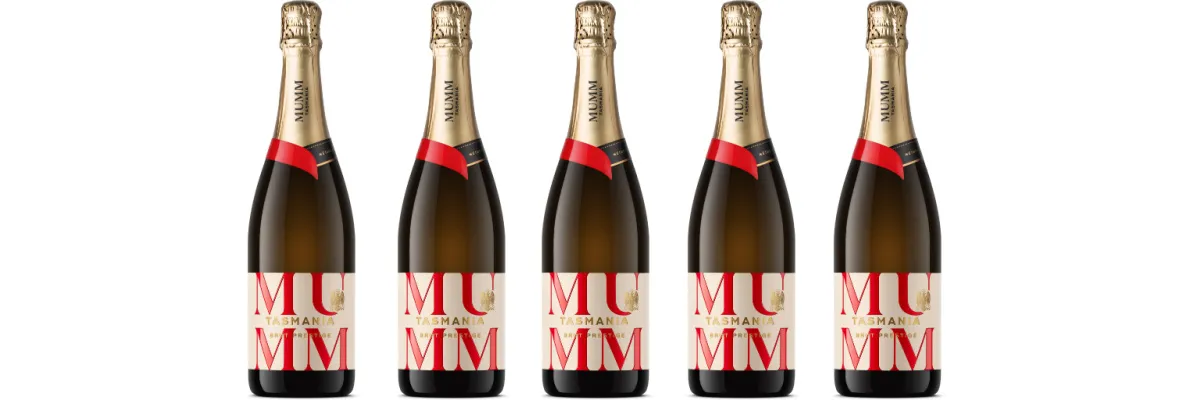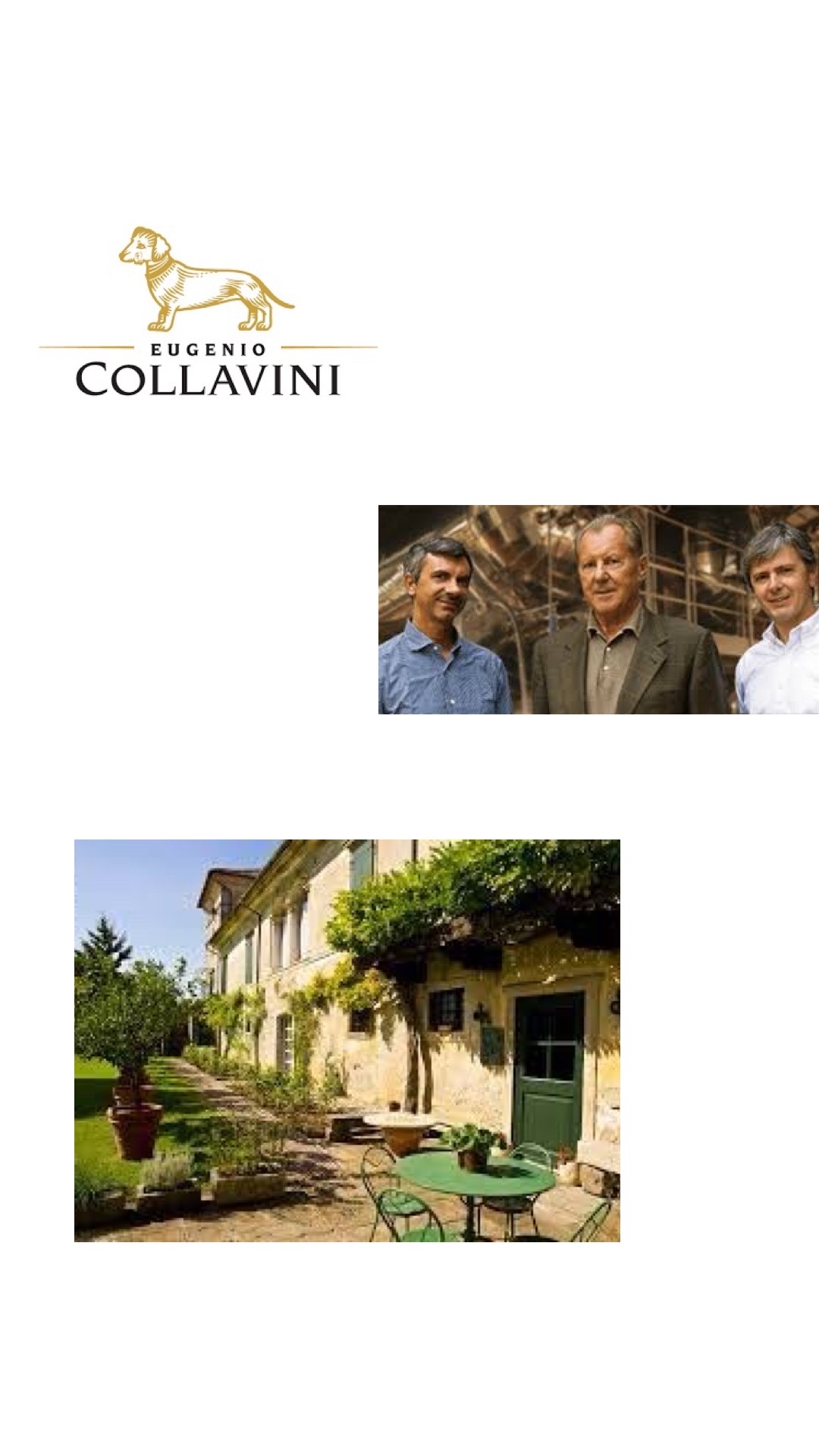World’s Best Vineyards has revealed this year’s top wine destinations for 2022 at an event held last night in Argentina’s wine capital, Mendoza. The annual list which highlights the world’s finest and most diverse vineyards across the globe announced the Top 50 with the innovative Antinori nel Chianti Classico in Tuscany, Italy, topping the list for the first time. Italy also celebrated the highest climber accolade with sparkling wine producer Ferrari Trento moving 50 places up the list to 11.
Spain’s Bodegas de los Herederos del Marqués de Riscal with its longstanding history and breathtaking architecture took second place for two years in a row, whilst Chilean vineyards, Montes and VIK Winery, achieved third and fourth place. Montes also took continent winner for South America, with Robert Mondavi Winery which is described as the ‘soul of Napa Valley’ topping North America. The best in Africa was revealed as Creation in South Africa, whilst Henschke in Australia topped the list with the stunning winery in the Eden Valley. France and Portugal had the highest overall split of vineyards with each taking 11 spots on this year’s Top 100 list.
The 2022 list includes more countries than ever before with 20 from all six continents being featured. It also includes exciting first-time entrants from India, Bulgaria and Greece highlighting the recent growth in the industry. There were more English entries than ever before with Balfour Winery (78), Gusbourne (85) and Nyetimber (93) joining Ridgeview at number 73.
This year’s host, Zuccardi Valle de Uco has been promoted to the World’s Best Vineyard’s Hall of Fame after coming top of the list three years in a row. Going forward the new category will be formed of vineyards that top the annual vote of the World’s 50 Best Vineyards and are therefore no longer eligible to be voted for on new editions of the list.
Andrew Reed, Managing Director Wine and Exhibitions at William Reed, commented that, “The World’s Best Vineyards highlights wine tourism destinations around the globe and now that travel is back on the cards, this year’s list is more important than ever for raising profiles with tourists and those looking for authentic and unique trips. We are so pleased to have been able to travel to Mendoza for this year’s event. It is a place of extraordinary beauty and of course, lots of amazing vineyards – the perfect wine tourism destination. Gracias!”
Dr Nora Vicario, Minister of Culture and Tourism of the Province of Mendoza, said that: “We were thrilled to be able to host this year’s World’s Best Vineyards event in Mendoza. Here you can breathe in wine and a culture unlike anywhere else in the world. It is one of the great wine capitals and the combination of mountains, wine and ever-increasing diversity and innovation makes it a perfect travel destination. Congratulations to all the wineries listed this year!”
Congratulations to all the vineyards and estates. Here is a list of the top 50 winners:
1 @marchesiantinori
2 @marquesderiscal
3 @monteswines
4 @vik_wine
5 @schlossjohannisberg
6 @bodegastiopepe
7 @robertmondavi
8 @quintadocrasto
9 @catenawines
10 @bodegagarzon
11 @ferraritrento
12 @champagne_billecart_salmon
13 @smithhautlafitte
14 @dr.loosen
15 @champagnetaittinger
16 @quinta_soalheiro
17 @trapichewines
18 @closapalta
19 @aveledawines
20 @domaenewachau
21 @elenemigowines
22 @chateaumoutonrothschild_
23 @yquem
24 @opusonewinery
25 @salenteinbodega
26 @chateaupapeclement
27 @pichonbaron
28 @quintadoinfantado
29 @abadiaretuerta_
30 @casasdelbosque
31 @quinta_da_pacheca
32 @viumanentwinery
33 @ruinart
34 @familiatorreswines
35 @chateauhautbrion_
36 @henschke
37 @quintadobomfim
38 @creationwines
39 @kleinconstantia
40 @estate_argyros
41 @craggyrange
42 @quinta_nova
43 @chateaudeberne
44 @vivancoculturadevino
45 @donnafugatawine
46 @jordanwinery
47 @tokarawine
48 @quintadonoval_official
49 @penfolds
50 @winery.schlossgobelsburg
The top vineyards list can be found on www.worldsbestvineyards.com
#worldsbestvineyards2022 #worldsbestvineyards #awards #winetourism #vineyards #wine #winelovers #winery #bestwineries #winesoftheworld

